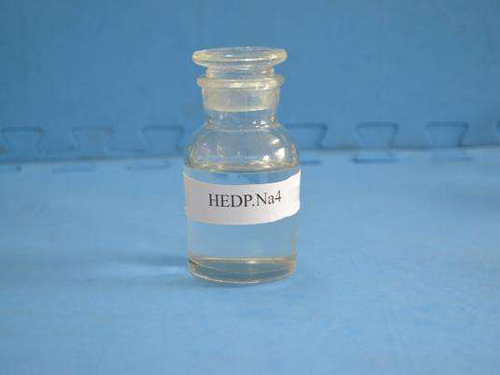Exploring the Benefits of Water-Based Flocculants for Enhanced Water Treatment Efficiency
The Role of Water-Driven Flocculants in Industrial Applications
Flocculants are substances that promote the agglomeration of particles in a liquid, allowing for the efficient removal of suspended solids. In various industries—such as water treatment, mining, pulp and paper, and oil recovery—flocculants play a crucial role in achieving desired outcomes. Among the diverse range of flocculants available, those that are water-driven or water-based have garnered significant attention due to their effectiveness and environmental friendliness.
Understanding Flocculation
Flocculation is a process that involves the clumping together of fine particles to form larger aggregates, known as flocs. This process can be facilitated by adding flocculants, which can be natural, synthetic, or semi-synthetic. The efficacy of flocculants hinges on their molecular structure and charge properties, which influence their ability to bind with particles suspended in water.
Water-Driven Flocculants
Water-driven flocculants are typically characterized by their ability to dissolve in water and interact with particles through electrostatic and physical forces. Unlike traditional flocculants, which may have higher environmental impacts, water-based flocculants are designed to minimize toxicity and maximize biodegradability. This is particularly important in industries where discharge water must comply with strict environmental regulations.
Applications in Water Treatment
In municipal and industrial water treatment facilities, flocculants are critical for clarifying water by removing sediments and organic matter. During the treatment process, flocculants are added to raw water, where they aggregate impurities into larger particles. These larger flocs can then be easily removed through sedimentation or filtration. Water-driven flocculants, in particular, have demonstrated remarkable performance in reducing turbidity, enhancing the overall quality of treated water.
Mining and Mineral Processing
In the mining sector, flocculants are employed to improve the recovery rates of valuable minerals from ore. When mining operations process materials, they often generate wastewater laden with fine particles. By incorporating water-based flocculants, mining companies can separate valuable minerals from tailings effectively. This not only enhances resource recovery but also minimizes the environmental footprint associated with mining activities.
Pulp and Paper Industry
water flocculant

The pulp and paper industry also leverages the benefits of water-driven flocculants during the production process. Flocculants help in the retention of fibers and fillers, promoting better paper quality while also reducing waste and improving water recycling. By utilizing flocculation aids, manufacturers can optimize the usage of raw materials, leading to increased efficiency and cost savings.
Oil Recovery
In the oil and gas sector, water-driven flocculants play a pivotal role in enhanced oil recovery (EOR) processes. They assist in separating oil from water in produced fluids by promoting the agglomeration of oil droplets, which can then be easily separated. This is particularly beneficial in terms of maximizing oil recovery while simultaneously addressing environmental concerns related to produced water management.
Advantages of Water-Driven Flocculants
1. Environmental Sustainability The shift towards water-based flocculants aligns with global priorities focused on sustainable and environmentally friendly practices. Their biodegradability reduces the ecological risk associated with chemical pollutants.
2. Cost-Effectiveness Water-driven flocculants can often be used in smaller doses compared to traditional flocculants, leading to cost savings in procurement and transportation.
3. Versatility These flocculants can be adapted to various applications across different industries, demonstrating remarkable flexibility in performance.
4. Improved Performance Enhanced floc formation and sedimentation rates promote a more efficient and streamlined operation, allowing industries to maintain high productivity levels.
Conclusion
In conclusion, water-driven flocculants have established themselves as integral components in various industrial processes, significantly improving water quality, resource recovery, and operational efficiency. Their environmental advantages make them a compelling choice for industries striving for sustainable practices. As technology and research continue to advance, the development of even more effective and eco-friendly flocculants is on the horizon, further solidifying their place in future industrial applications.
-
Water Treatment with Flocculant Water TreatmentNewsJun.12,2025
-
Polymaleic AnhydrideNewsJun.12,2025
-
Polyaspartic AcidNewsJun.12,2025
-
Enhance Industrial Processes with IsothiazolinonesNewsJun.12,2025
-
Enhance Industrial Processes with PBTCA SolutionsNewsJun.12,2025
-
Dodecyldimethylbenzylammonium Chloride SolutionsNewsJun.12,2025





